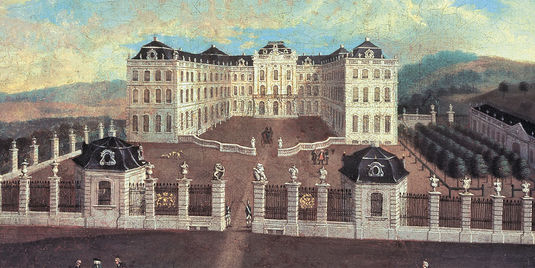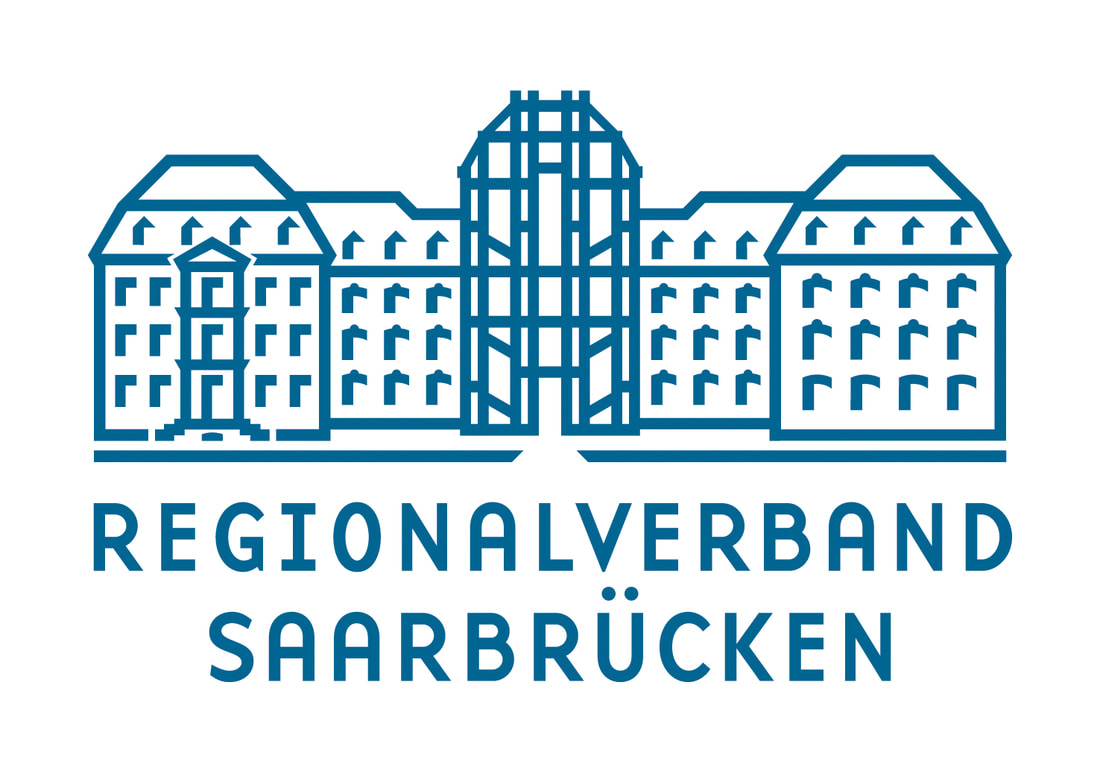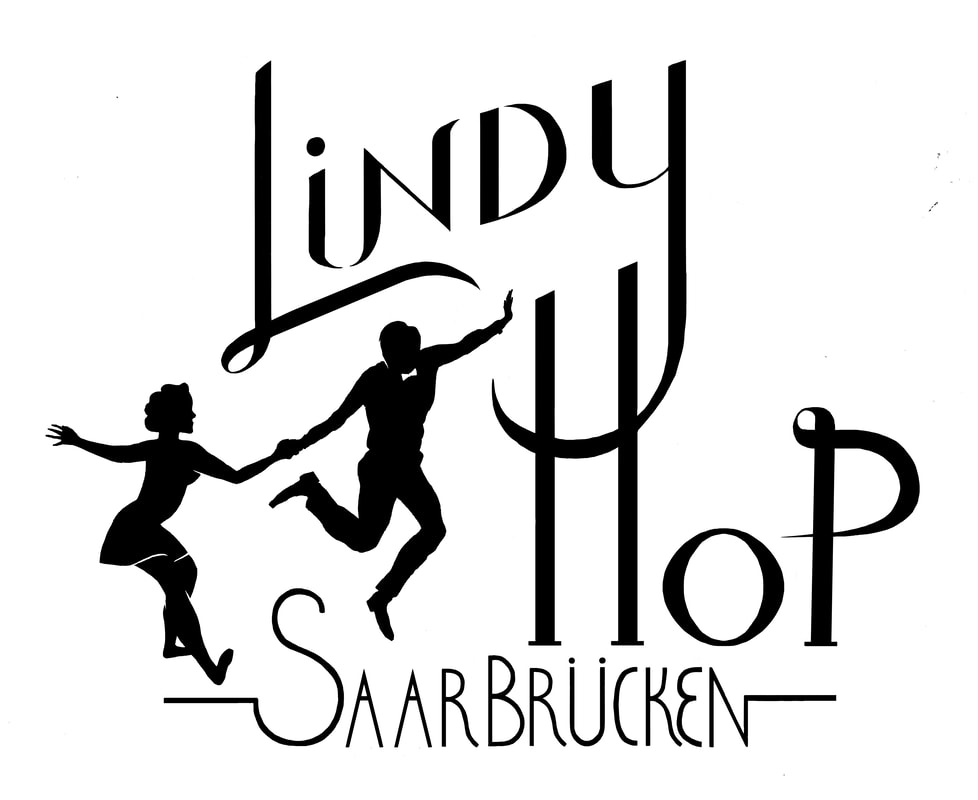The castle of Saarbrücken

Home to the administrative offices of the Regionalverband and landmark of the capital city, point of interest for locals as well as for tourists and widely known testimony to an eventful past: Saarbrücken Castle is a unique building with a special history.
The castle is located on a sandstone rock overlooking the River Saar and this, according to one theory, is where the city derives its name from: “sarabrucca” from old German “brocc(h)o”: broken off rock by the Saar.
The first plans for a much-needed restoration were aired in the 1950s. By 1969, the structural condition of the castle had deteriorated to the point that parts of it had to be closed off. In the years and decades that followed, appraisals were made, plans submitted and financing options considered. It wasn’t until 1976 that then Presiding Mayor of the state capital of Saarbrücken, Oskar Lafontaine, proposed implementing an urban planning initiative.
Prof. Dr Gottfried Böhm, Germany’s only Pritzker Prize winner, was commissioned with drawing up an expert opinion in 1978 and in 1981 won the tender for his design for renovating the castle and replacing the central pavilion and the periphery. Work began in 1982 and culminated with the official opening ceremony in 1989. The castle was completely gutted and rebuilt based on the design of the 18th-century Baroque palace. The most unique and distinctive element is the Post-Modernist glass central pavilion, which still polarises opinion today.
The Saarbrücken locals have long made their peace with the unconventional ensemble of old and new. They are fond of their castle, which as part of the reconstruction’s brief was designed as an open and transparent citizen’s castle. With its cultural programme for children, young people and adults, the Regionalverband Saarbrücken, which under the administrative district (Landkreis) of Saarbrücken acquired the buildings in the castle square one by one from the early 1920s, fulfils this mission – framed and supported by the Adult Education Centre and the museums located in the castle square.
The castle is located on a sandstone rock overlooking the River Saar and this, according to one theory, is where the city derives its name from: “sarabrucca” from old German “brocc(h)o”: broken off rock by the Saar.
The first plans for a much-needed restoration were aired in the 1950s. By 1969, the structural condition of the castle had deteriorated to the point that parts of it had to be closed off. In the years and decades that followed, appraisals were made, plans submitted and financing options considered. It wasn’t until 1976 that then Presiding Mayor of the state capital of Saarbrücken, Oskar Lafontaine, proposed implementing an urban planning initiative.
Prof. Dr Gottfried Böhm, Germany’s only Pritzker Prize winner, was commissioned with drawing up an expert opinion in 1978 and in 1981 won the tender for his design for renovating the castle and replacing the central pavilion and the periphery. Work began in 1982 and culminated with the official opening ceremony in 1989. The castle was completely gutted and rebuilt based on the design of the 18th-century Baroque palace. The most unique and distinctive element is the Post-Modernist glass central pavilion, which still polarises opinion today.
The Saarbrücken locals have long made their peace with the unconventional ensemble of old and new. They are fond of their castle, which as part of the reconstruction’s brief was designed as an open and transparent citizen’s castle. With its cultural programme for children, young people and adults, the Regionalverband Saarbrücken, which under the administrative district (Landkreis) of Saarbrücken acquired the buildings in the castle square one by one from the early 1920s, fulfils this mission – framed and supported by the Adult Education Centre and the museums located in the castle square.




